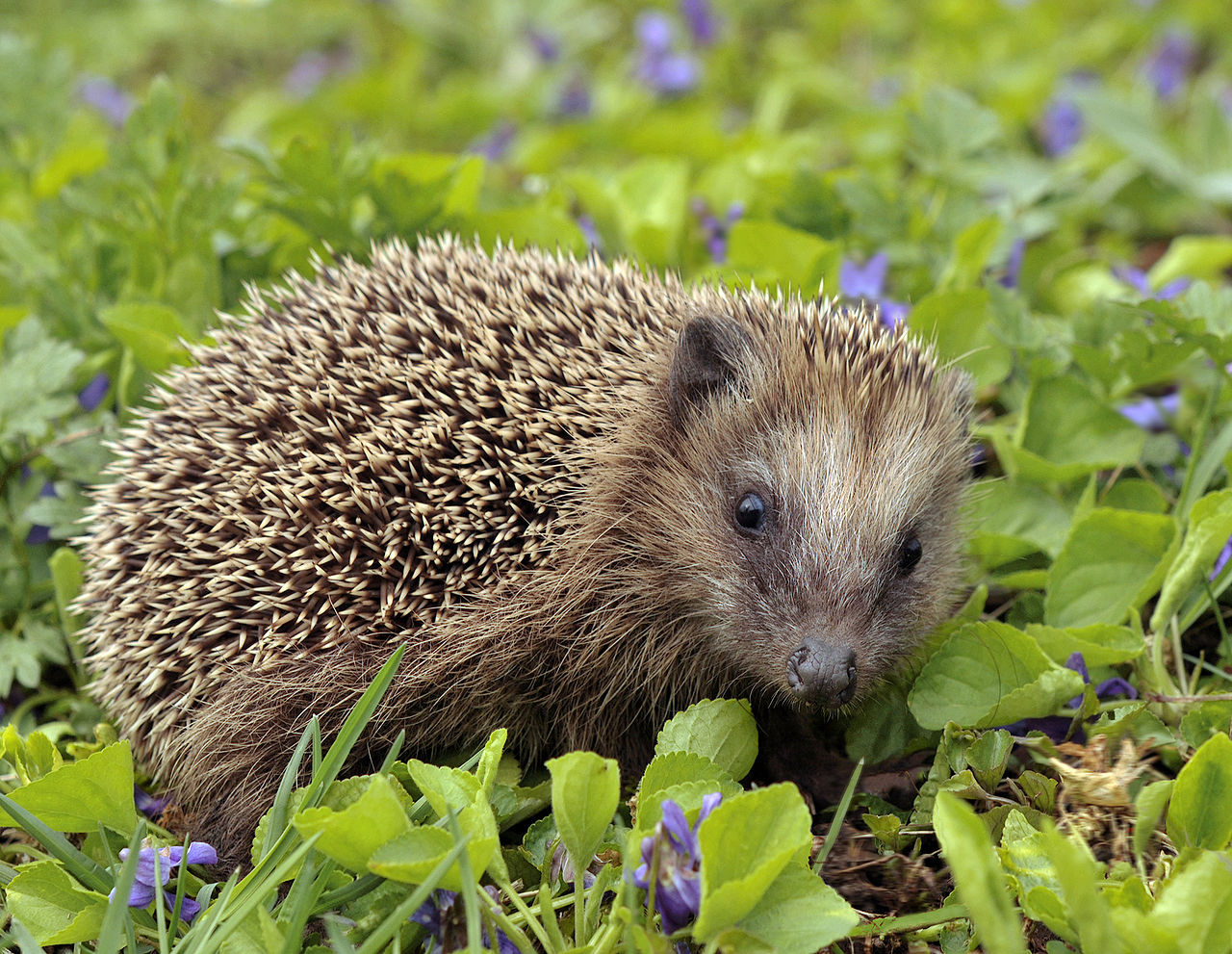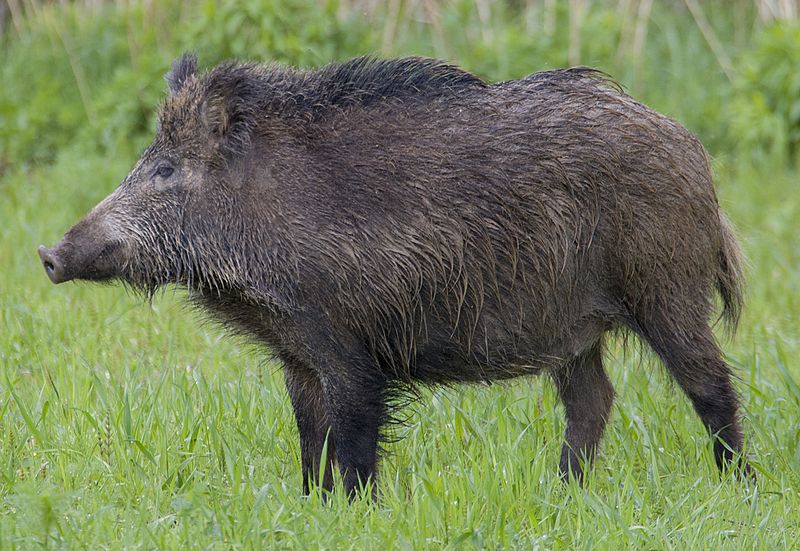
The European Hedgehog - A guide to British fauna
Scientific Name : Erinaceus europaeus
Common Names : European Hedgehog, Western European Hedgehog, Common Hedgehog

Photo attribution:
https://commons.wikimedia.org/wiki/User:Michael_G%C3%A4bler
Physical appearance : A small generally brown coloured mammal covered in up to 6000 distinctive spines. It grows to between 160mm and 260mm when mature. An average adult will weigh in at between 1100 grams and 20000 grams. Generally, a hedgehog will weigh more in the summer, as opposed to in the Autumn. Males tend to be slightly larger than females but differences in body weight tend to be overshadowed by seasonal body weight fluctuations. Seasonal weight fluctuations may be as large as 500-800 grams!
A varriation in the European Hedgehog : Due to a rare recessive gene, "Leucistic" or "blonde" hedgehogs can occur. Their spines are a much lighter, almost blonde colour and they have black eyes.

Pictured above : the rarer blond hedgehog.No machine-readable author provided. Percy Snoodle~commonswiki assumed (based on copyright claims)., Public domain, via Wikimedia Commons
"They are extremely rare, except on North Ronaldsay of where around 25% of the population is thought to be blonde.True albino forms of the hedgehog do also occur infrequently."
Where to find/natural habitat : The hedgehog is common to heathland, woodlands, grasslands, meadows, pastures, arable land, orchards and vinyards. As stated previously, they can adapt to a wide range of environments so can also be found in environments that have been heavily modified by man, such as gardens and parks. In the wild, they do have a preferance for lowlands and hills between 400 and 600 metres above sea level. In rare circumstances, they can live at altitude of up to 2000 metres above sea level.
Habits and charecteristics : The common hedgehog is a largely nocturnal animal. It walks with a slow, inquisitative motion and regularly sniffs the air, checking for food or predators. The European Hedgehog may hibernate during winter but this depends on the severity of weather and how much the hedgehog has eaten in the preceeding summer months. Most hedgehogs however, wake at least once from their hibernation in order to move their nests. Generally, they are solitary creatures and males often behave aggressively with each other. It has been noted that a male and a female occasionaly share a hibernating spot. A hedgehog may live up to ten years of age although 3 to 4 is more common. The most common cause of death is starvation during the winter months and through hibernation.
As a defence mechanism to being predated, the common hedgehog may roll up into a defensive ball, with its spikes forming a protective barrier.
Breeding and birth : The mating season occurs just after hibernation. Hedgehog pregnancy spikes during May and July but can occur as late as September. Gestation takes between 31 and 35 days. The young are raised exclusively by the female and broods range from between four and six individuals but can be as many as ten.
The young are born blind with a covering of small spines. By the time they are 36 hours old, the second, outer coat of spines begins to sprout. By 11 days they can roll into a ball. Weaning occurs at four to six weeks of age.
As mentioned above, the hedgehog is generally liked by gardeners and farmers as they eat a wide a variety of bugs that are detrimental to horticulture. The hedgehog is actually an omivore so will eat ; slugs, earthworms, beetles, caterpillars, insects, millipedes as well as fruits, leaves and mushrooms.
Predation : Their complex array of spines are off putting to many predators but they are eaten by several predatory species including : Pine Marten, Golden Eagles, Eurasian Owls, badgers and red foxes.

Photo:Ryan Somma, derivative work Lämpel, CC BY-SA 2.0 <https://creativecommons.org/licenses/by-sa/2.0>, via Wikimedia Commons
Protection status : The Common Hedgehog does enjoy some protection sunder UK statute:
- they are listed on schedule 6 of the Wildlife and Countryside Act (1981) which makes it illegal to kill or capture wild hedgehogs, with certain methods listed
- they are also listed under the Wild Mammals Protection Act (1996), which prohibits cruel treatment of hedgehogs
- a species of ‘principal importance’ under the NERC Act, which is meant to confer a ‘duty of responsibilty’ to public bodies
Unfortunately, none of these laws deal with the route causes of the decline.
"Leave nothing but footprints, take nothing but pictures/memories."
Images courtesy of Liza Griffiths, Zbynek Springer, Dru Burdon,
The Bushgear Team


